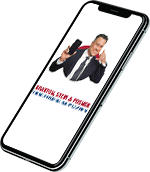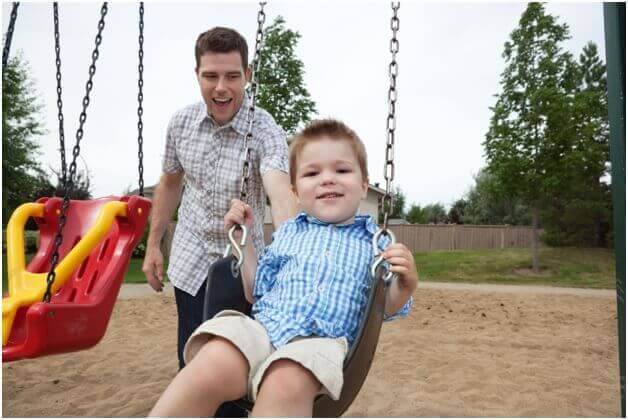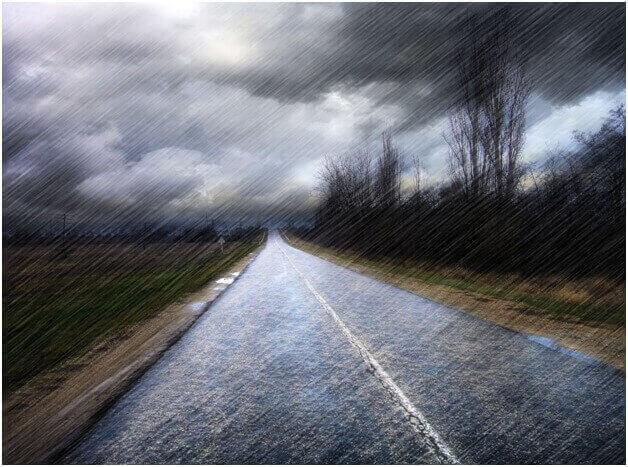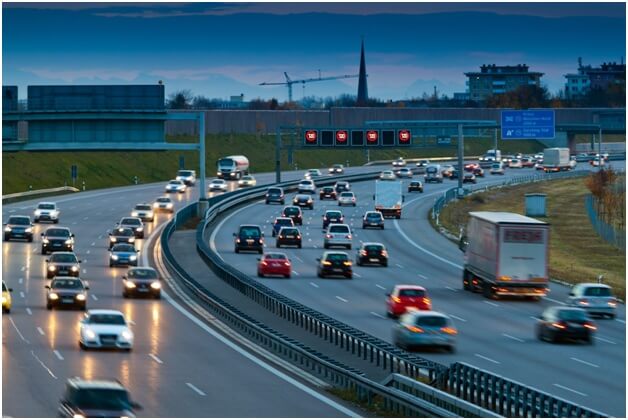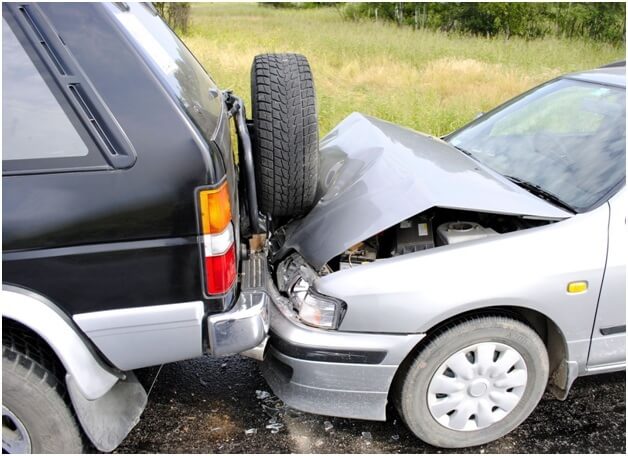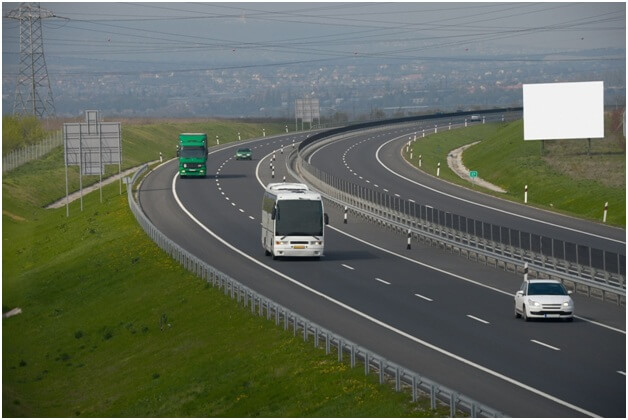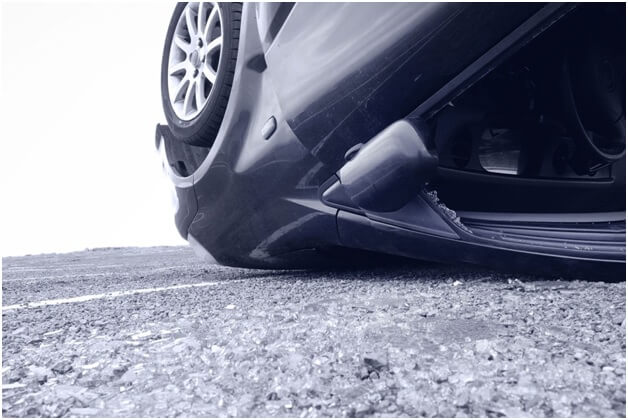If you have a desk job, you probably don’t go into work every morning worrying about being injured. You go to the same office every day and have a routine down, so what could possibly go wrong? Unfortunately, settling into that sense of complacency may actually put you at greater risk for being involved in a workplace accident. When you work in the same place and do the same things on a day-to-day basis, it becomes easier to miss the signs of a potential accident hazard.
According to the latest data available from the Bureau of Labor Statistics and the Occupational Safety & Health Administration, there were 4,628 deaths on-the-job in 2012, and an average of 10.9 worker illnesses and injuries per 100 workers in 2011. While about 19% of these accidents occurred in the construction industry, workplace accidents can happen anywhere, even in a seemingly safe office.
Whether you’ve been tasked with risk management in your office or you just want to take it upon yourself to make your office a safer place, there are steps you can take to identify potential hazards and minimize the odds of someone experiencing a serious accident. Here are a few things you can do.
Ask Coworkers and Other Building Employees If They’ve Noticed Any Hazards
To start out, you should ask around your office to see if anyone else has noticed any potential hazards. It can be easy to miss a potential danger when you’re looking on your own, but asking around gives you more sets of eyes to spot problems. For example, maybe you never notice the uneven steps at your building’s back entrance because you always go in the front, but another coworker typically parks in back and has tripped on those steps several times. When you get coworkers to help you identify risks, you’ll get a more thorough understanding of what needs to change in your building.
Walk around and Look for Common Tripping Hazards
The most common types of general industry workplace accidents are slips, trips, and falls, so take the time to walk around your workplace and check for potential tripping or slipping hazards. Divide your building into different areas and look for these common risk factors:
- Outdoors: wet grass, moss, mud, or piles of leaves built-up around walkways; cracks or hard-to-see uneven sections on a walkway; holes or potholes in the parking lot or on walkways
- Entrance: slippery door mats or mats that do not lie flush with the floor; puddles of water or piles of debris that workers may have tracked in; hard-to-see cables on the ground
- Stairs: hard-to-see or damaged edge of stairs, inconsistent height and tread of steps; loose handrails
- Office: tripping hazards such as power cords, open drawers, boxes, or other office equipment; burnt out lights that make it difficult to see tripping hazards; loose tiles, carpet, or other flooring material
Look at History of Accidents in the Building
If you have access to files on workplace accidents in your building, you should review these documents to identify any potential accident factors you may have missed. In some cases, the cause of the accident may have already been remedied (for example, if someone fell and hurt themselves on uneven pavement, the building may have either fixed the walkway or painted the uneven area to make it more visible), but in some cases, you may discover that the cause is still a potential danger that needs to be taken care of.
Talk to Your Employer or Building Manager
There are some accident risk factors that you and your coworkers will be able to resolve fairly easily on your own. For example, you should make it a policy to immediately clean up any spills, keep cables away from busy walkways, and always close low drawers when they’re not in use. However, there may also be some structural risk factors that cannot be as easily resolved. To take care of these bigger problems, talk to your employer or the building manager. If the property owner is aware of a potential accident risk, they have to take care of it or risk being held liable in the event of an injury.
If the building manager or property owner fails to make repairs even after they’ve been alerted to the problem and you or one of your coworkers suffers an injury as a result, the best thing you can do is talk to a personal injury attorney and take legal action. By holding the property owner responsible, you can get them to repair the dangerous area, potentially saving others from experiencing the same type of accident.
About the Author:
Jeffrey Braxton is a trial lawyer in Fort Lauderdale who has devoted his 22-year career to the practice of personal injury law. As lead trial attorney for The South Florida Injury Law Firm, Jeff has litigated thousands of cases and is a member of the Million Dollar Advocates Forum, an exclusive group of attorneys who have resolved cases in excess of one million dollars.



